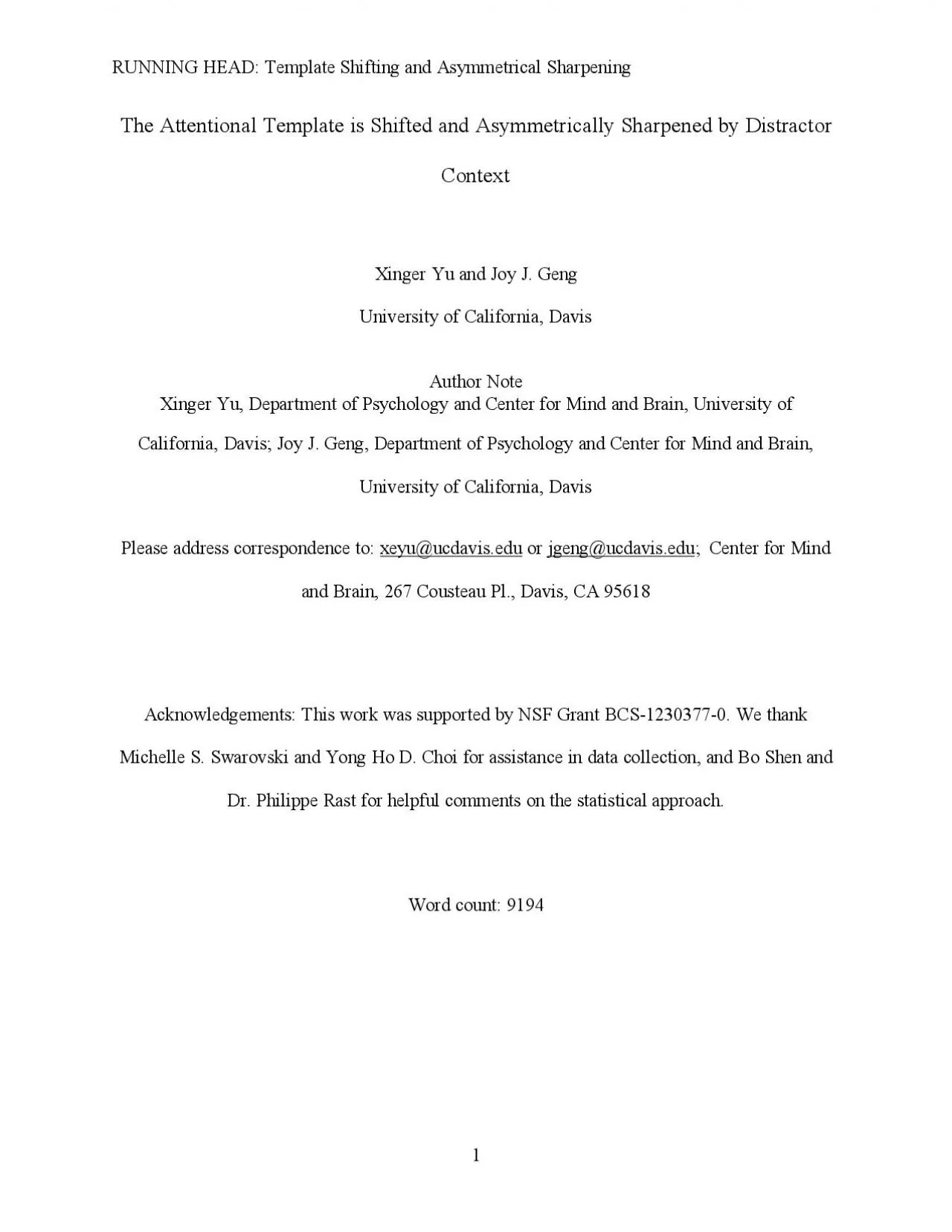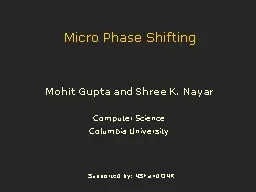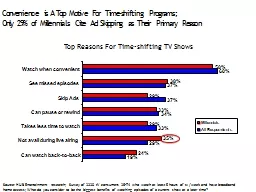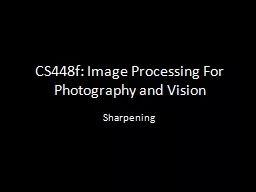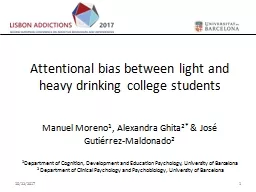PDF-Shifting and Asymmetrical Sharpening 1 The Attentional TemplateShifte
Author : evelyn | Published Date : 2021-08-20
memoryround in memory while looking for it It is frequently assumed that visual search is most efficient when we hold veridical features that perfectly match the
Presentation Embed Code
Download Presentation
Download Presentation The PPT/PDF document "Shifting and Asymmetrical Sharpening 1 ..." is the property of its rightful owner. Permission is granted to download and print the materials on this website for personal, non-commercial use only, and to display it on your personal computer provided you do not modify the materials and that you retain all copyright notices contained in the materials. By downloading content from our website, you accept the terms of this agreement.
Shifting and Asymmetrical Sharpening 1 The Attentional TemplateShifte: Transcript
Download Rules Of Document
"Shifting and Asymmetrical Sharpening 1 The Attentional TemplateShifte"The content belongs to its owner. You may download and print it for personal use, without modification, and keep all copyright notices. By downloading, you agree to these terms.
Related Documents

